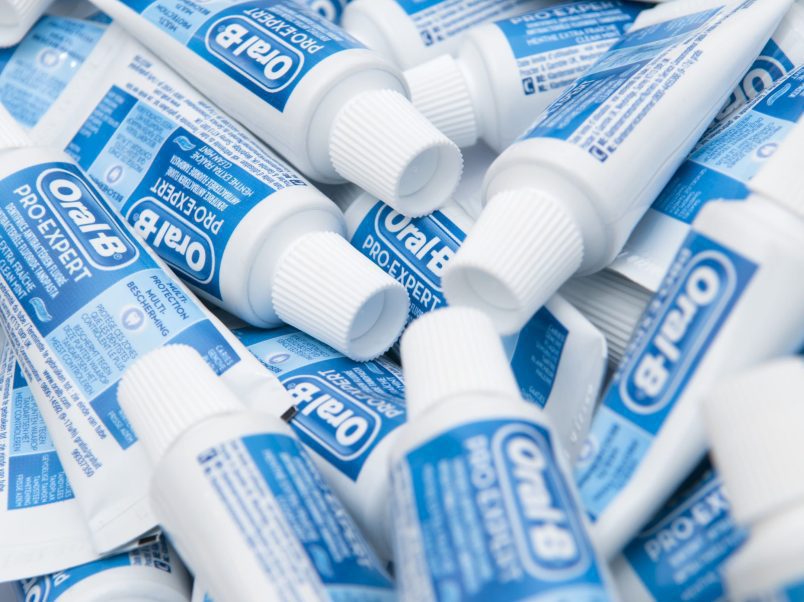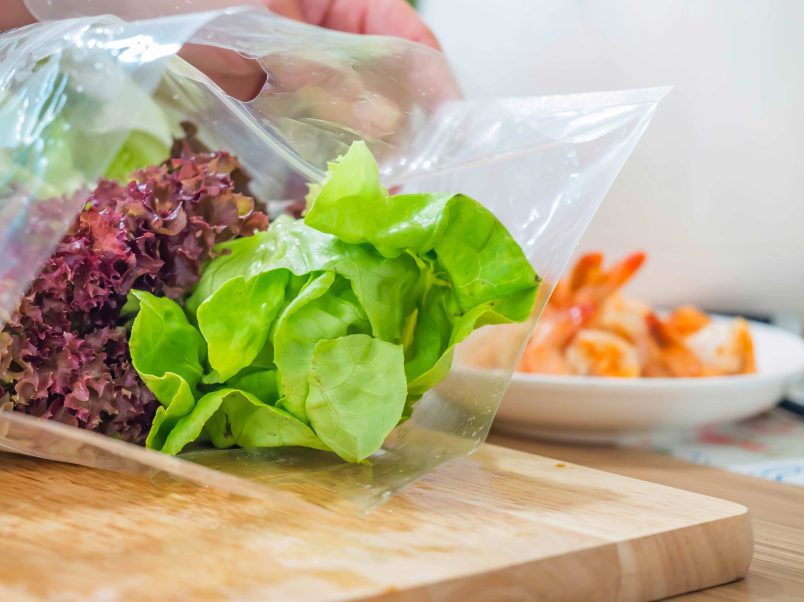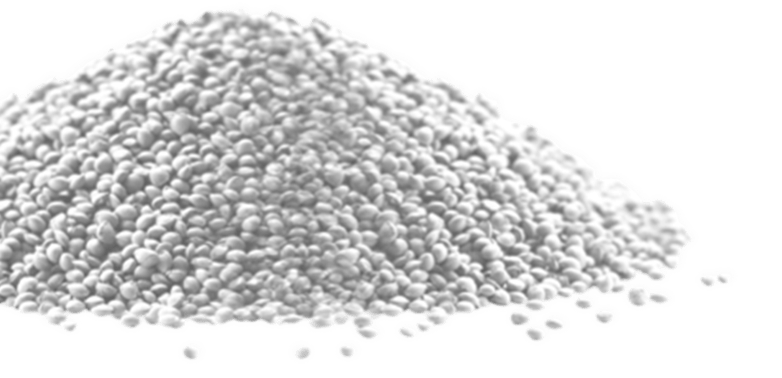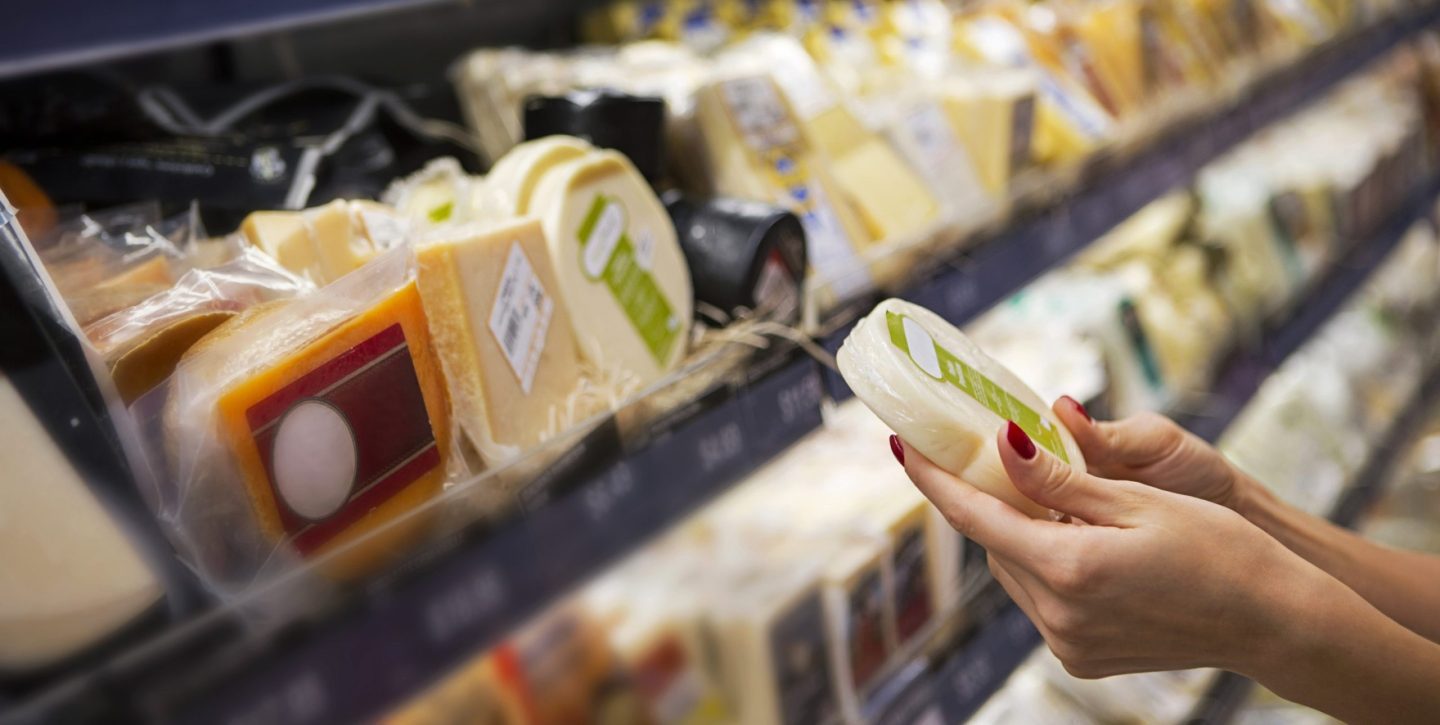
Food packaging from Bioplastics
Give food packaging a new look with bio-based and compostable plastics. We know how packaging works.
We are happy to help.
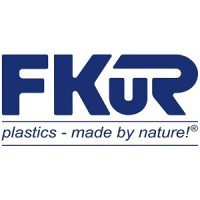
Sales team
Packaging protects food and consumers
There is no other store we visit as often as the supermarket. This is where consumers spend most of their money in everyday life. So it’s no surprise that retailers and manufacturers compete for customers’ attention with attractive packaging. But packaging is much more than a pretty-looking sales attribute.
Packaging protects products from damage, contamination or loss of quality. They facilitate transport and storage and prevent food from spoiling quickly. The longer shelf life means that less food is thrown away.
The plastic packaging of today – important, but with a bad image
Plastics are most commonly used for food packaging. Once the product is consumed and the packaging remains as waste, it is usually perceived negatively by the consumer, often even more so when plastic packaging is involved! Thus, plastic is regularly criticized.
However, this is quite unfair: plastic packaging is light, flexible, hygienic and protects against moisture, oxygen or even impact. If they are made of monomaterials, they can be easily recycled and used to manufacture new products.
However, it is indisputable that a lot of repackaging and multiple packaging is unnecessary and only serves the advertising effect. In Germany alone, for example, just under 230kg of packaging waste is produced per person every year, which is more than 19 million tons in total. Therefore, the reduction and avoidance of unnecessary packaging waste – regardless of the material – should be the top priority. Recycling and the use of renewable raw materials are further ways of making packaging more sustainable.
Using advantages, but with renewable raw materials
Bio-based plastics, i.e. plastics produced from renewable raw materials, can already replace petrochemical plastics in many areas of application. The variety of available bioplastics now covers a broad and technically demanding range of applications.
Replacing fossil plastics with renewable ones conserves increasingly scarce petrochemical raw materials and helps to reduce climate-damaging greenhouse gases. In this way, bio-based plastics also make their contribution to climate protection, especially if they are thermally recycled for energy generation after possible recycling. Biopolymers, thus have the potential to reverse the dissonance in the perception of plastic packaging and change the image focus.
Easy recycling of food packaging made from drop-in bioplastics
Recycling helps to save natural resources and protect our environment. This contributes to greater resource conservation and sustainability. The following rule applies to recycling: The simpler a material’s structure, the easier it can be identified and sorted and then fed into mechanical recycling.
Our bioplastic compound Terralene® and the distribution products I’m green™ polyethylene (Bio-PE) and Eastlon Bio-PET belong to the so-called drop-in bioplastics. As such, they are structurally identical to their fossil counterparts, but are produced from renewable raw materials rather than fossil oil.
Green PE as well as Terralene® film grades are approved for contact with food and can be excellently processed into food packaging of all kinds by means of various plastic processing methods. The properties are the same as for packaging made from fossil polyethylene or polypropylene. Packaging made from these bio-based plastics can be recycled at the end of its useful life using the same established recycling processes with high quotas.
In this way, you can put together a comprehensive and attractive package with sustainable, recyclable packaging made from renewable raw materials.
Breathable bioplastic packaging keeps food fresh longer
Packaging made from our biodegradable and compostable Bio-Flex® plastics has a natural breathability. This means they are more permeable to oxygen and water vapor than conventional, fossil packaging plastics such as polyethylene or polypropylene. This is particularly advantageous for packaged fresh foods such as fruits and vegetables, or baked goods. Moisture from the food can diffuse through the film and does not accumulate in the bag. This not only prevents mold and rot, but can also delay the sprouting of vegetables. Because of the longer shelf life, less food has to be thrown away.
Alternative disposal route: organic recycling
If an appropriate composting infrastructure is available and the legal framework conditions are in place, certified compostable packaging offers an alternative waste route. This means that spoiled or inedible food can be composted together with the packaging. This is also advantageous if packaging is contaminated with food residues, as this would make mechanical recycling difficult or impossible. Packaging made from our home or industrially compostable Bio-Flex® granules, certified in accordance with EN 13432, enables this recycling option.

